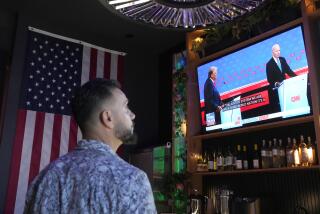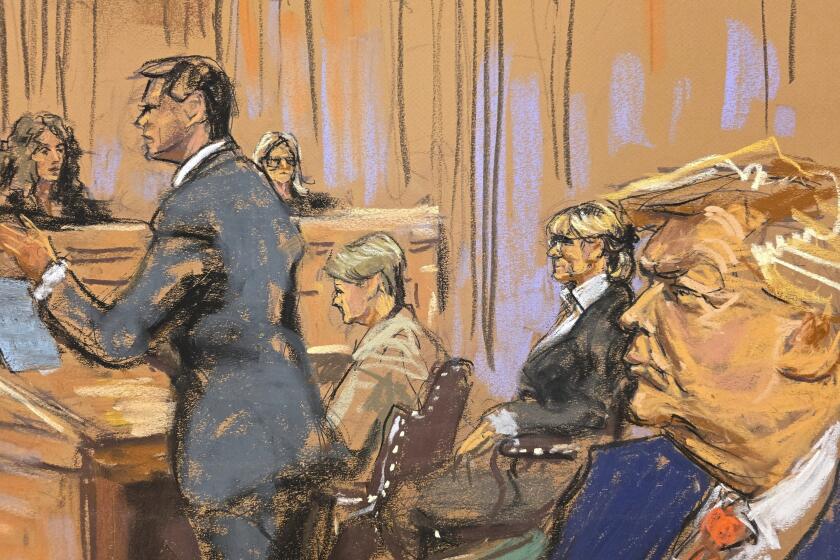I demand a recount
In his retort to a Gregory Rodriguez column focusing on my work, Don Kilhefner highlights the tension between the precepts of the gay liberation movement and what he would call an assimilationist perspective. He raises important issues and presents some of the political and social challenges facing today’s gay community.
Unfortunately, in his self-described masochistic reading of my paper, he didn’t put himself through quite enough pain and missed some important facts. As a result, his comments include several questionable assertions, the most egregious of which is that 8% to 10% of the population of the United States is gay. There is just no credible scientific evidence to support such a statement. The best data that we have in this regard (which I clearly cite in my report) show that only about half that many people (about 4%) are willing to identify as lesbian, gay or bisexual (LGB) on surveys. That’s 8.8 million Americans, not his 27 million figure. By the way, even if the 9% figure he cites is correct, he resorts to fuzzy math by counting children. There are about 210 million adults in this country. If 9% of them are gay, that’s about 19 million.
Further, of the 8.8 million Americans who identify as LGB, nearly half identify as bisexual, most of whom surveys show are not living with a same-sex partner. That means there are about 4.4 million Americans who call themselves gay or lesbian, of whom about 1.6 million, or more than 36%, are living with a same-sex partner. That’s a far cry from his assertion that Census data only capture about 6% of the gay population.
Kilhefner also articulates an erroneous stereotype that relatively few gay men are partnered. A recent survey of the LGB population of California conducted by the state Department of Health found that, in fact, more than half of gay men reported having a partner as did two-thirds of lesbians.
I am neither a historian nor a queer theorist, so I do not consider myself qualified to critique the merits of liberation versus assimilationist theories about gay life and culture. But as a demographer, I can say with great confidence that the visible gay community, coupled and otherwise, is changing. As more LGB people come out, they increase the geographic, racial-ethnic and socioeconomic diversity of the visible LGB community. They look, at least demographically, more and more like the general population in this country. Now I don’t think that necessarily presages an end to “gay culture” as some have begun to lament, but it does challenge us to rethink our understanding of what exactly being LGB means in our society today.
Gary J. Gates, PhD, is a senior research fellow at the Williams Institute, UCLA School of Law and the author of “The Gay and Lesbian Atlas.”
More to Read
A cure for the common opinion
Get thought-provoking perspectives with our weekly newsletter.
You may occasionally receive promotional content from the Los Angeles Times.










